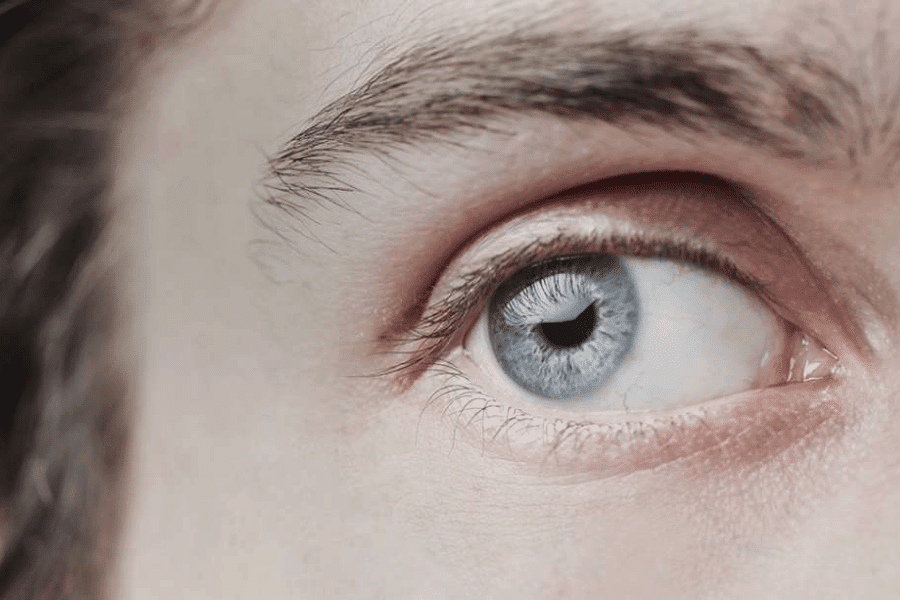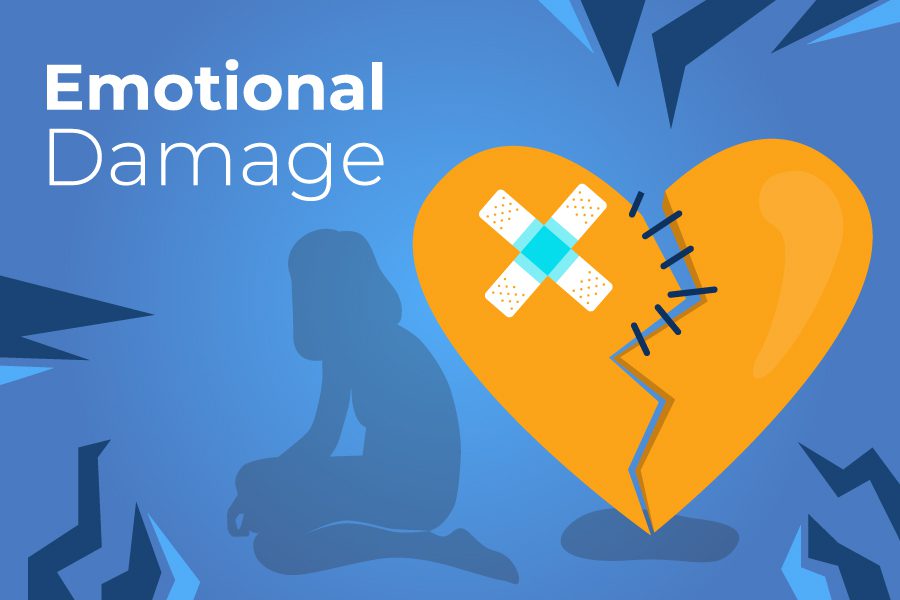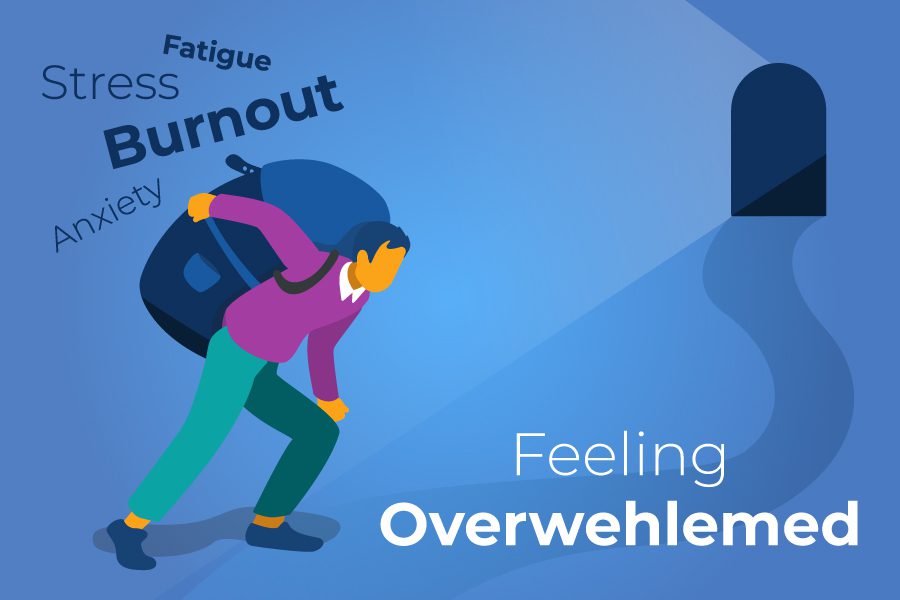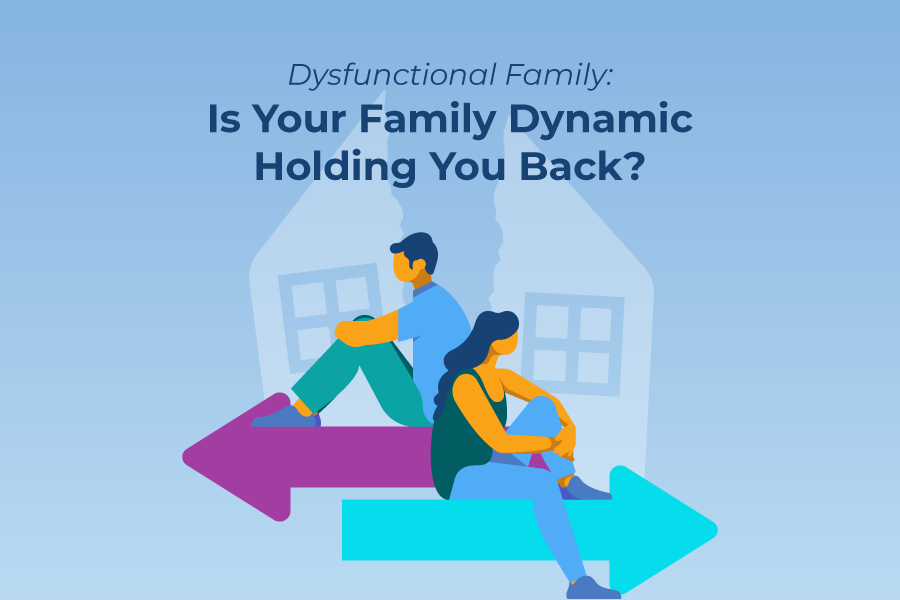Brainspotting, or BSP, is a therapeutic tool that can be used to encourage a positive and trusting relationship between you and your counselor as well as help you process trauma in a gentle way.
According to brainspotting’s inventor David Grand, “Where you look affects how you feel.” He discovered the healing potential of BSP in 2003 while working with survivors of trauma.
Childhood trauma survivor Katherine Heart described this process as a “precise laser beam” that diminished her suffering and left her feeling more energized and optimistic about the present and future.
Although a therapist guides you through the BSP process, you are in charge of your own healing. A central principle of BSP is that human minds and bodies have the innate capacity to heal and realize a sense of wholeness.
We sometimes need help accessing those parts of the brain, where deeper healing can occur, in a safe, contained way. That’s where a BSP therapist comes in.
How Brainspotting Works
A step-by-step process, brainspotting typically works this way:
- Your therapist will ask you to identify a particular time in which you were distressed.
- You’ll rate that pain on a scale of zero to 10 (with zero being neutral or no distress, and 10 being the highest distress you can imagine).
- You’ll find the place in your body where you feel the most distress.
- You’ll follow a pointer in your therapist’s hand with your eyes.
- You’ll stop your eye movement when you hit a brainspot: a position where you feel the pain most strongly.
Your therapist will support you in working through whatever associations come up at this visual point, making sure that you feel safe as you process and release old, stuck responses to trauma. These responses might include visual images, memories, words, bodily sensations, sounds, or emotions.
A BSP session might start with a therapist guiding you through a relaxation exercise, such as listening to music or sounds that stimulate both parts of your brain (known as bilateral stimulation) while taking slow, deep breaths.
Then you would engage in the process described above—finding brain spots and decreasing the distress associated with them with the help of your therapist.
At the end of the session, you’ll rate your distress level again to see if BSP has relieved your suffering and helped you release tension in your body.
When to Use BSP
As a newer therapeutic approach, BSP doesn’t yet have a lot of research supporting it. But David Grand’s clinical work and the existing research that supports brainspotting tell us that it’s most effective in treating:
- Trauma
- Anxiety
- Attention issues (ADHD)
- Sports performance issues
- Anger
- Phobias
- Substance abuse
- Chronic fatigue and chronic pain
If processing information through words feels overwhelming to you, BST can be a very helpful alternative, since it uses eye gaze and body awareness (rather than thoughts and language) to help you “unfreeze” the trauma in your brain.

BSP and Substance Abuse
Brainspotting helps “rewire” a brain affected by addiction, which can curb addictive urges and cravings. If you’ve experienced trauma and substances have helped you to soothe the terror surrounding that trauma, BSP allows you to process the trauma so your nervous system no longer feels under threat.
In other words, when substance abuse is a symptom of trauma, BSP can heal the underlying issue, which causes the urge to use substances to lessen or go away altogether.
Using BSP to Treat Trauma and Addiction in Teens and Young Adults
Sandstone Care has professionals trained in BSP who believe in your capacity to heal and find your way.
We offer comprehensive treatment programs to teens and young adults who are struggling with substance abuse, mental illness, or a combination of both and have trained professionals ready seven days a week to answer any questions you might have – call us today at 888-850-1890.





